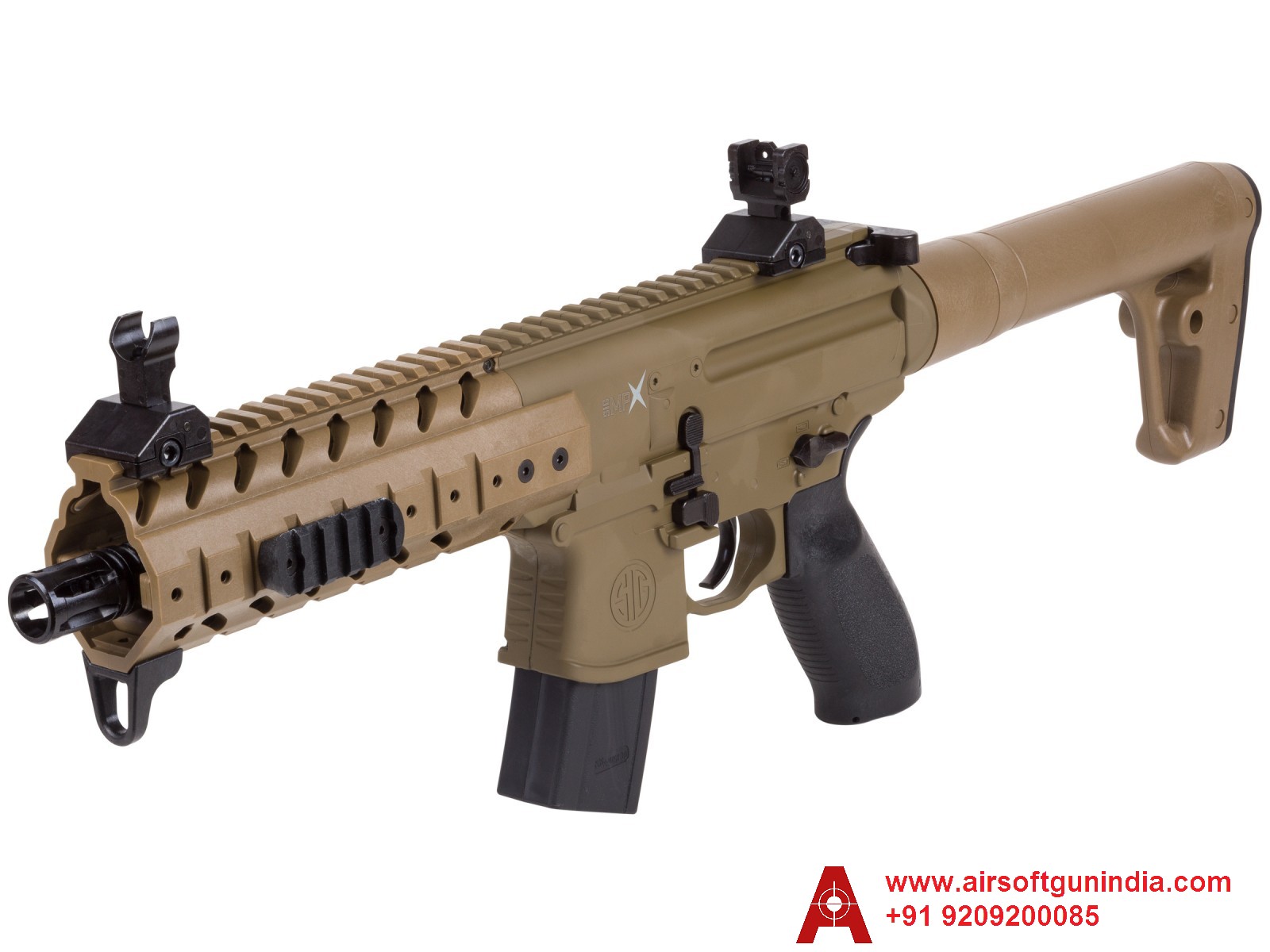Over the past few years, the educational landscape has changed to adopt experiential learning opportunities, especially in fields like firearms training and outdoor skills. One interesting tool that has been introduced to schools is the pellet gun. While its primary association may be recreational use, pellet guns present a valuable opportunity for students to understand responsibility, safety, and precision in a safe setting. By adding pellet gun education into school programs, educators can give students with important skills and knowledge that carry over into many parts of life.
Recognizing how to choose the right pellet gun is crucial for both instructors and students. With a selection of models, power sources, and characteristics available, selecting the most fitting option can enhance the educational experience. From discussing the best pellet guns for beginners to examining the key features that enhance safety and safety, this guide will serve as a comprehensive resource for schools aiming to incorporate pellet guns into their teaching plan.

Picking the Best Pellet Gun
While picking the right pellet gun, the first consideration to think about is the intended use. If you intend to engage in target shooting, hunting, or pest control, each objective will affect the choice. Such as, when you are keen on target shooting, you may want a gun famed for accuracy and dependability. On the other hand, for hunting light game, you will need a pellet gun that offers ample power and velocity to ensure a ethical shot.
An additional crucial factor is the power source. Pellet guns can be operated by different methods, including spring, CO2, and pre-charged pneumatic (PCP) systems. Each type has its pros and cons: spring guns are often more affordable and simple to use, while PCP guns offer increased power and accuracy but may incur extra costs for air tanks and top-ups. Comprehending these variations will help you figure out which power source aligns most with your shooting style and budget.
In conclusion, reflect on the caliber of the pellet gun. The caliber impacts all aspects from the gun's effectiveness to its power and appropriateness for certain applications. Smaller calibers, for example .177, are typically employed for target shooting due to their flat trajectory, while larger calibers, like .22, can be better suited for hunting. Take the time to evaluate these factors based on your shooting needs to ensure you pick a pellet gun that will satisfy your expectations adequately.
Key Features to Consider
When choosing a pellet gun for educational purposes, a key factor to consider is the gun’s power source. Pellet guns typically come in three main types: spring-powered, CO2, and PCP (pre-charged pneumatic). Every option offers distinct pros and cons. Coil guns are often priced lower and require no supplementary tools, making them ideal for learning fundamentals. CO2 guns provide consistent power, but require cartridges, while PCP guns are renowned for their precision and strength, suitable for advanced training. Understanding these differences will help educators select the most suitable choice based on the specific goals of their program.
Another critical feature to evaluate is safety. Educational settings require a focus on safety to ensure that students learn how to handle firearms safely. Look for pellet guns that include key safety elements such as built-in safety systems, positive cocking indicators, and manual safety switches. These features enhance the learning environment by encouraging safety awareness and lowering the risk of incidents. A gun that is easy to handle safely will foster a positive learning atmosphere and promote proper handling practices among students.
Lastly, consider the weight and size of the pellet gun. For schools, it is essential to select a model that is fit for the maturity and strength of the students. try this and easily maneuverable pellet gun will allow young shooters to handle it comfortably, thereby boosting their educational experience. Additionally, look for models with adjustable stocks or grips, as these features can provide a customized fit to individual users, enhancing both comfort and control during shooting practice. By focusing on see this website , educators can select the most appropriate pellet guns for their curriculum.
Protection and Care
Safety is essential when using pellet guns, especially in an academic setting. Educators and pupils must be trained on proper handling techniques, including keeping the muzzle pointed in a safe direction and ensuring that the safety feature is engaged when not in use. Eye protection is essential, as pellet guns can cause eye injuries. Furthermore, it is important to establish clear policies regarding the locations and circumstances under which pellet guns can be used, ensuring that all participants comprehend these rules to promote a safe environment.
Regular upkeep of pellet guns is crucial for their durability and performance. After each use, shooters should check for obstructions in the barrel and clean it as needed to maintain accuracy. Oiling of moving parts is also important; using the right oil will ensure the mechanisms work smoothly. Furthermore, inspecting the seals, especially in CO2 and PCP guns, can help prevent leaks and ensure optimal performance. Keeping a maintenance schedule can help identify issues early, prolonging the life of the equipment.
Lastly, when it comes to storage, pellet guns should be kept in a secure area to prevent unapproved access. Instructors should also consider implementing a check-in and check-out system for the guns used in class, ensuring accountability and safety. By combining proper handling, routine maintenance, and effective storage practices, schools can create a safe environment for using pellet guns in an academic context.
